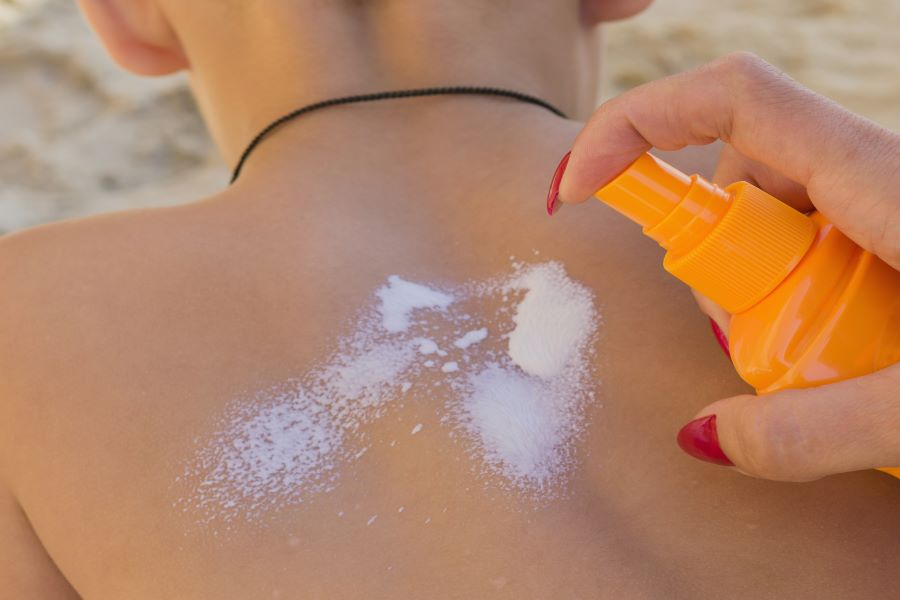How to Treat Sunburns in Children

You carefully applied and re-applied sunscreen and kept your baby covered with a hat and other protective clothing, but the next day you notice distinctive red- or pink-skinned hallmarks of a sunburn. What do you do now?
Just as your baby is more vulnerable to infection and illness, he or she also has delicate skin that is more easily and quickly sunburned than someone older. It’s important to prevent sunburns whenever possible—sunburns early in life are linked to increased skin issues, including cancer, later on. However, if your child experiences a sunburn, there are several steps you can take to help minimize discomfort.
First, a sunburn in an infant younger than 12 months is considered worthy of medical attention by your pediatrician. Sunburn can also indicate a more serious problem, and you should seek emergency attention if your child has any of the following symptoms:
- Blistering of the sunburned skin
- Fever greater than 101 degrees Fahrenheit (38.3 degree Celsius)
- Lethargy—meaning they are unusually sleepy or difficult to wake after being in the sun
- Fewer than four wet diapers in 24 hours or crying with no tears—all symptoms of dehydration
- Weakness, especially too weak to stand
- Treating sunburns
When your young child has a sunburn, your goal is to minimize dehydration and reduce discomfort from skin burning sensations. Encourage your child to drink clear fluids to prevent dehydration, and pay close attention to their wet diapers. If they start to lessen or their urine smells strong or appears dark, you may need to give your child more fluids.
Give your child a bath in cool (but not cold) water or apply clean, cool towels on burned areas. If desired, you can add about 60 milliliters or 2 ounces of baking soda for skin-soothing benefits. Avoid applying soap to the skin to prevent irritation.
Anti-inflammatory medications such as ibuprofen can help reduce discomfort in children older than six months. Applying an unscented gentle moisturizing cream such as Cetaphil® can also help soothe skin. Gently pat the cream onto the skin without rubbing; skip it if it increases discomfort. A mild over-the-counter hydrocortisone cream applied up to three times a day for 1-2 days may also help but should not be used if the area is large.
If you have to be outside, keep all sunburned skin covered with light, ultraviolet protection factor (UPF) rated clothing. Be aware that chlorine in swimming pools and the natural salt in the ocean may be irritating to already pink skin. For any sunburn that includes blistering or discomfort, avoid the sun entirely until the skin heals.
What not to do
Sometimes treatments that sound beneficial can actually harm your child. These include:
- Applying any products that contain alcohol, which can dry the skin.
- Applying benzocaine- or lidocaine-containing products to your child’s skin. These products can cause an allergic reaction.
- Applying petroleum jelly, butter, or oil-based products to sunburn as they can block pores and prevent sweat from escaping.
- Aspirin should not be given to children due to increased risk for Reye’s syndrome.
- Trying to pop blisters. Blisters should be allowed to break on their own.
Sources:
- American Academy of Pediatrics
- Sunburn: Treatment and Prevention.
MedlinePlus - Sunburn.
North Dakota Department of Health - Sunburn.
Seattle Children’s Hospital - Sunburn.
Skin Cancer Foundation - Treating Sunburn in Children.
Powered by Bundoo®










